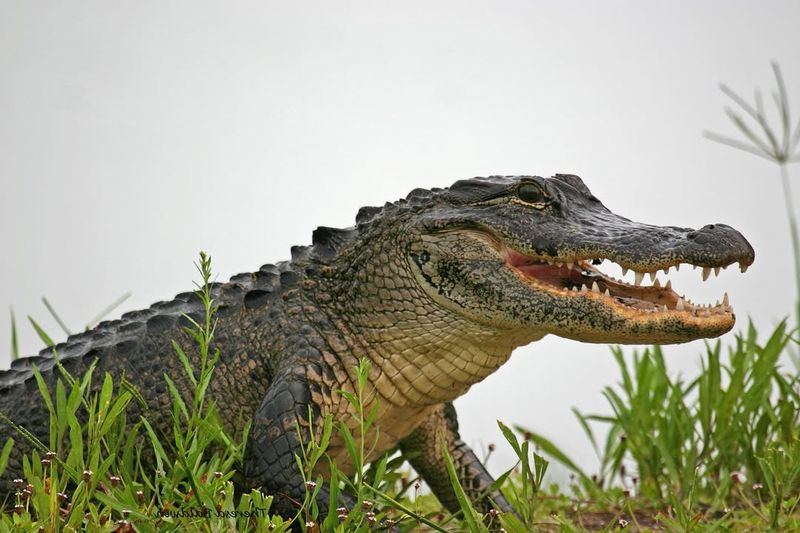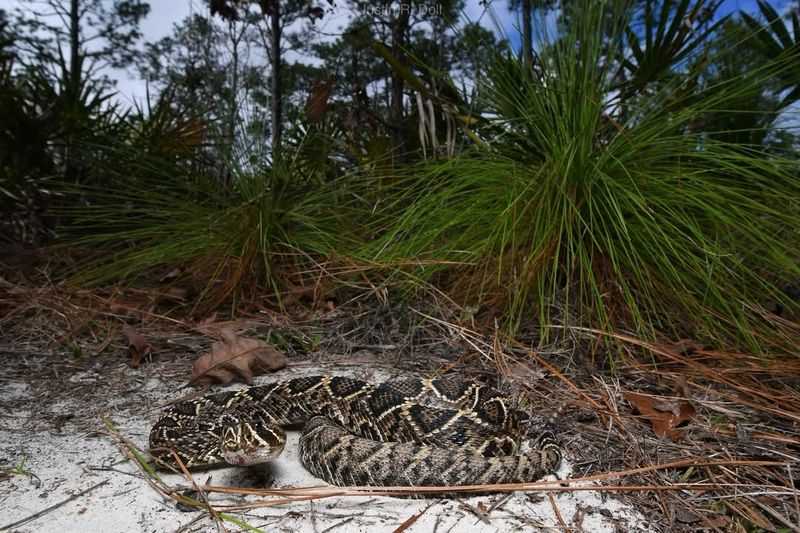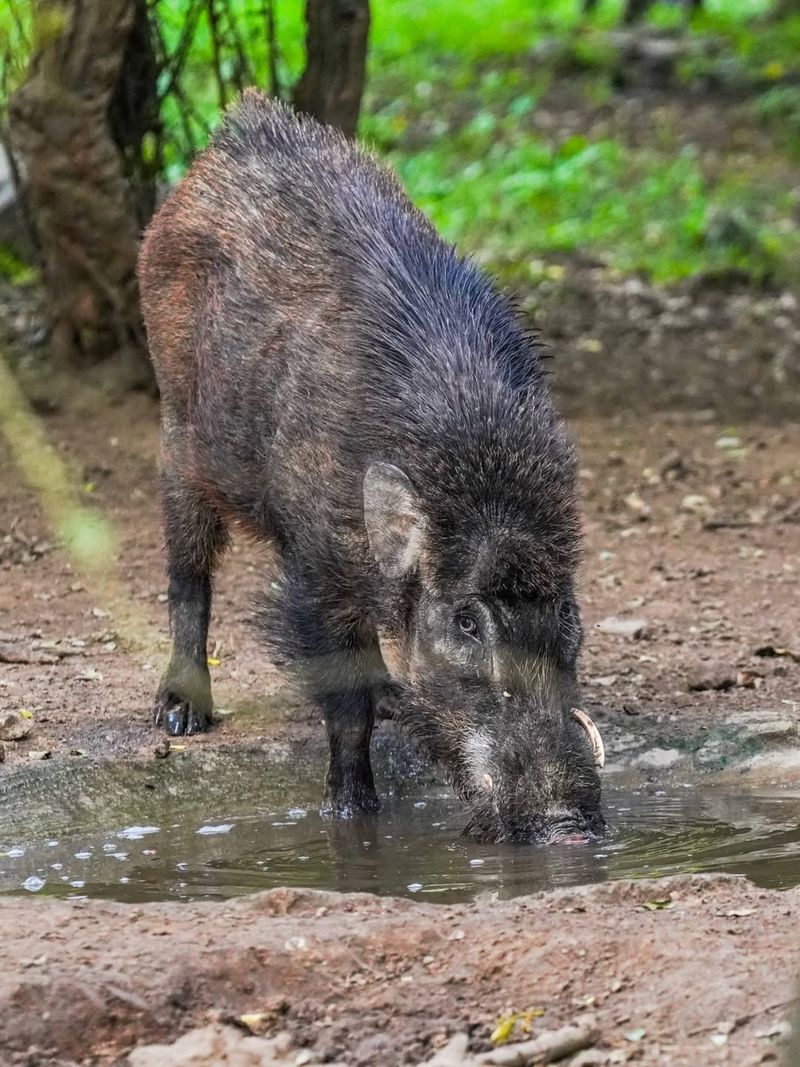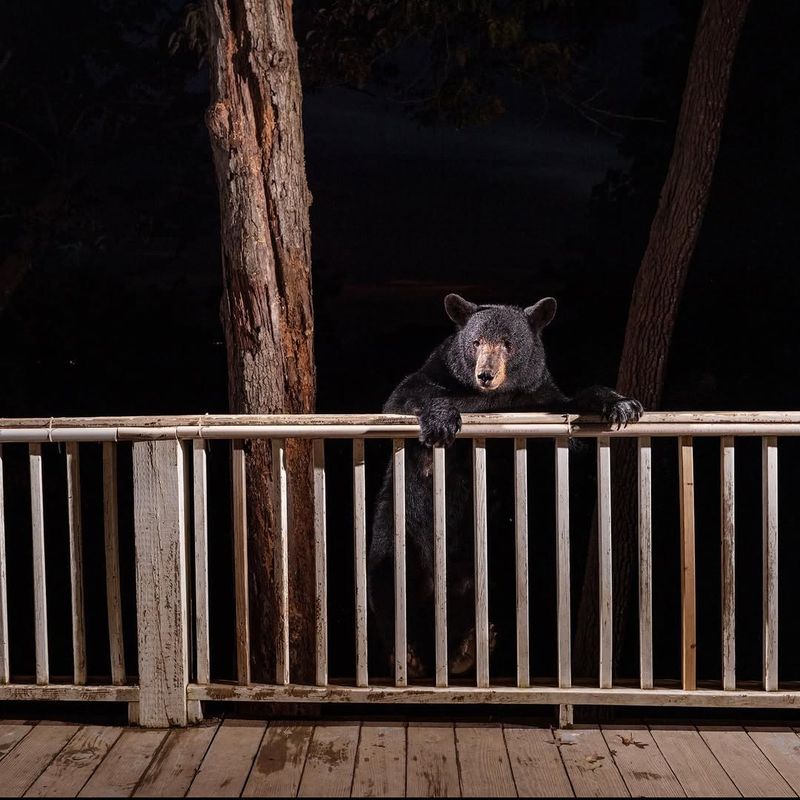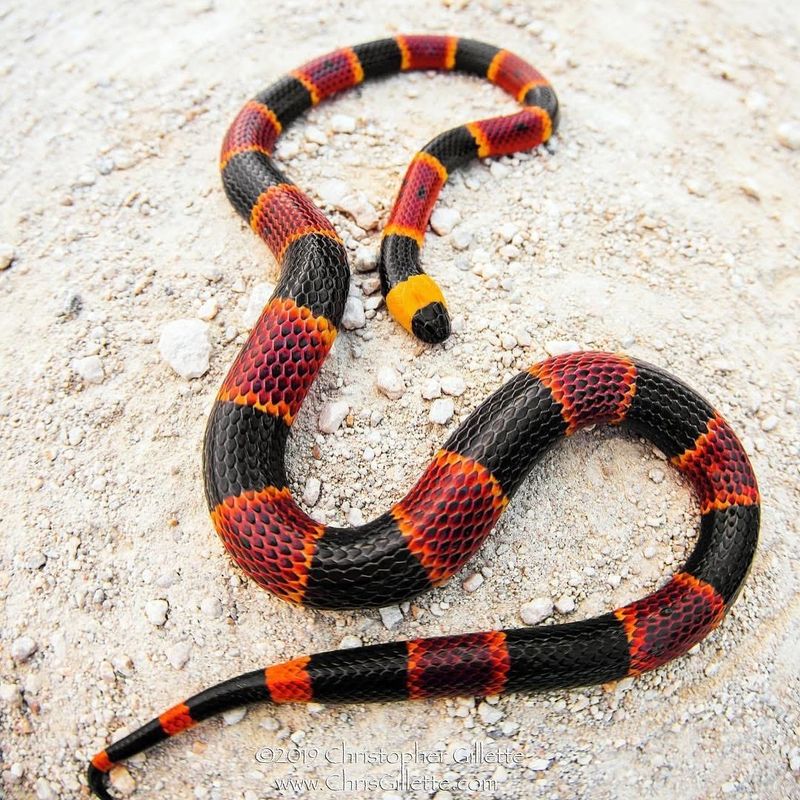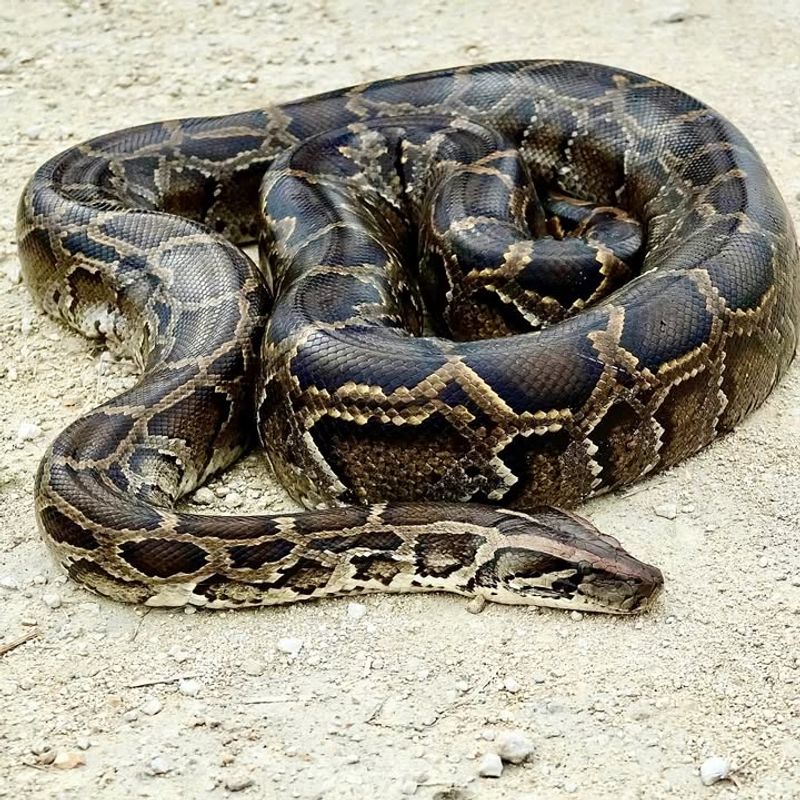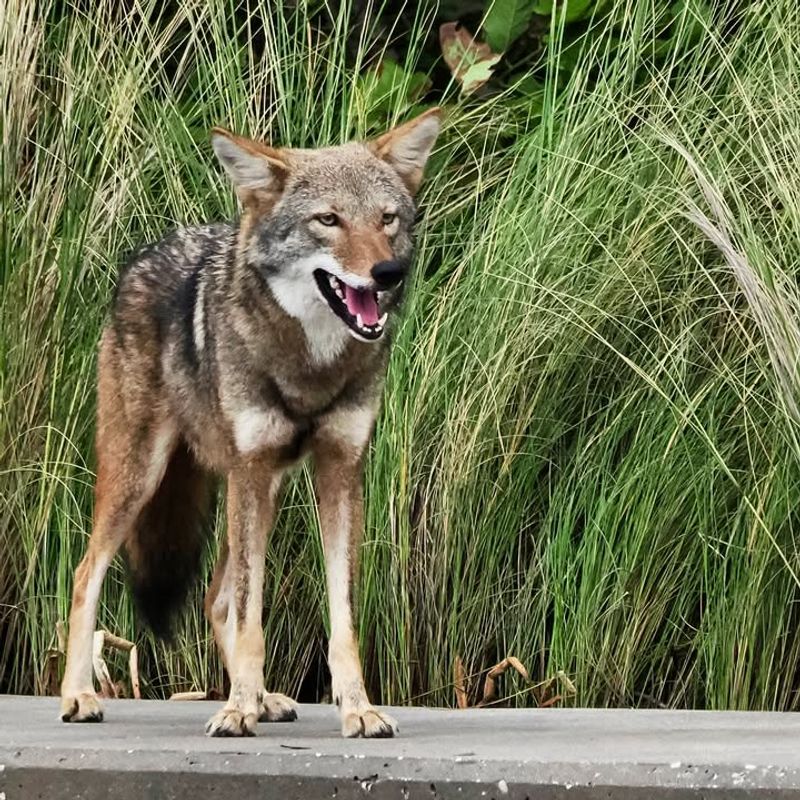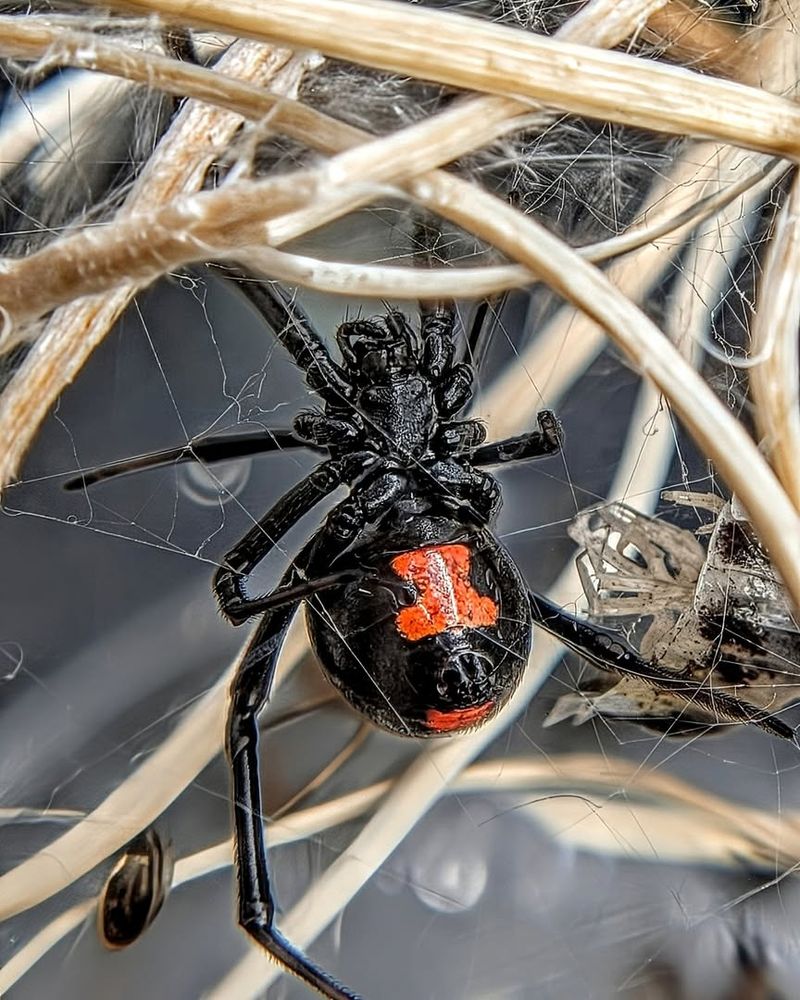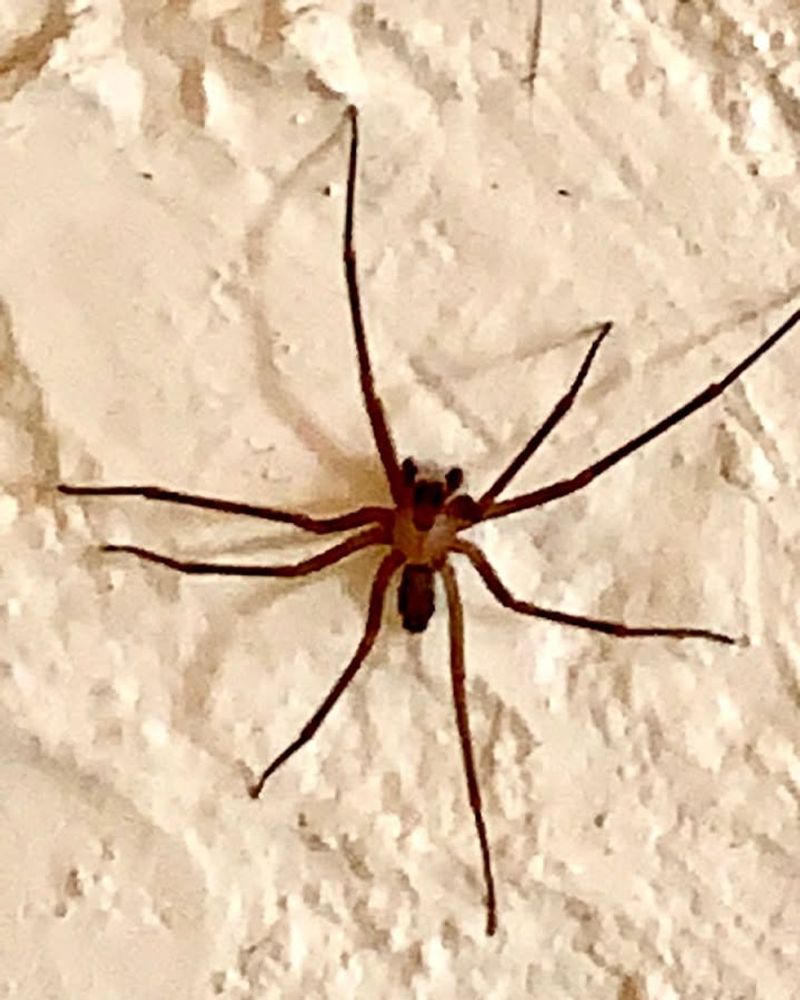Florida’s warm weather and lush greenery don’t just draw tourists—they’re a haven for wildlife too. From backyards to canals, wild animals thrive across the Sunshine State. While many are harmless, some can pose real risks to families and pets.
Alligators, snakes, and even raccoons can turn up where you least expect them. I’ve seen how a little awareness goes a long way in keeping homes safe. Knowing which animals to watch for helps you protect your space and enjoy Florida’s wild beauty responsibly.
1. American Alligator
Alligators are Florida’s most iconic predators, growing up to 15 feet long with incredibly powerful jaws. They often wander into neighborhoods looking for food or new territory, especially during mating season.
Never approach one or let pets near the water’s edge. These reptiles move surprisingly fast on land and can easily overpower a person or animal.
If you spot one on your property, contact wildlife officials immediately for safe removal.
2. Eastern Diamondback Rattlesnake
With a distinctive diamond pattern and menacing rattle, this snake delivers one of the most potent venoms in North America. Homeowners often encounter them hiding in tall grass, woodpiles, or under porches.
Their bites cause severe tissue damage and require immediate medical attention. Keep your lawn trimmed and remove debris where snakes might hide.
Wearing boots when working outside provides extra protection against accidental encounters.
3. Florida Panther
Florida’s official state animal is also one of its most elusive and powerful predators. These big cats can weigh up to 160 pounds and hunt everything from deer to smaller animals.
While attacks on humans are extremely rare, panthers may target pets left outside overnight. They prefer wild areas but sometimes roam into neighborhoods bordering forests.
Secure your pets indoors at dawn and dusk when panthers are most active.
4. Wild Boar
Wild boars tear up lawns, gardens, and landscaping while searching for food with their powerful snouts. These invasive animals can weigh over 200 pounds and become extremely aggressive when cornered or protecting piglets.
Their sharp tusks can cause serious injuries to people and pets. Boars often travel in groups, making encounters even more dangerous.
Install sturdy fencing and remove food sources like fallen fruit to discourage them from visiting your property.
5. Cottonmouth Snake
Also called water moccasins, these venomous snakes love Florida’s wetlands and often show up near backyard ponds or drainage ditches. When threatened, they open their mouths wide, revealing the white interior that gives them their name.
Unlike many snakes that flee, cottonmouths often stand their ground and strike. Their venom causes extreme pain and tissue damage.
Always watch where you step near water and teach children to keep a safe distance.
6. Black Bear
Black bears have made a comeback in Florida, and they’re increasingly bold around human homes. A full-grown bear can weigh 400 pounds and easily break into sheds, garages, or even houses searching for food.
They’re attracted to garbage, pet food, and bird feeders. While generally shy, mothers with cubs become fiercely protective and unpredictable.
Store trash in bear-proof containers and never leave food outside to avoid attracting these powerful animals.
7. Coral Snake
Bright bands of red, yellow, and black make coral snakes beautiful but extremely dangerous. Their venom affects the nervous system and can cause breathing problems within hours.
Unlike rattlesnakes, coral snakes are shy and have small mouths, but they can still bite when accidentally grabbed or stepped on. They hide under leaves, rocks, and garden debris.
Remember the rhyme: red touches yellow, harmful fellow. Wear gloves when gardening and watch where you place your hands.
8. Burmese Python
These invasive giants can grow over 20 feet long and swallow prey as large as deer. Released by irresponsible pet owners, Burmese pythons now thrive in South Florida and occasionally wander into yards.
They pose serious threats to pets, especially small dogs and cats. While not venomous, their constricting power is incredibly strong.
Report any sightings to wildlife authorities immediately, and never attempt to handle or approach one yourself for safety.
9. Coyote
Coyotes have expanded throughout Florida, adapting remarkably well to suburban life. They hunt small pets like cats and small dogs, often snatching them right from yards.
Most active during dawn and dusk, coyotes are clever and learn to avoid humans while targeting easy prey. They can jump fences up to six feet high.
Keep pets supervised outside, especially during early morning and evening hours when coyotes are hunting for food.
10. Southern Black Widow Spider
Recognized by the red hourglass shape on their bellies, black widows hide in dark corners of garages, sheds, and woodpiles. Their neurotoxic venom causes severe muscle pain, cramps, and breathing difficulties.
While bites are rarely fatal with modern treatment, they’re extremely painful and require medical care. Female spiders are the dangerous ones, as males are much smaller.
Wear gloves when moving stored items and shake out shoes before wearing them outdoors.
11. Brown Recluse Spider
The violin-shaped mark on its back identifies this spider, whose bite causes tissue to break down and form painful ulcers. Brown recluses prefer undisturbed areas like closets, attics, and storage boxes.
Their venom destroys skin and tissue, sometimes requiring surgery to remove damaged areas. Symptoms may not appear for hours after the bite occurs.
Regularly clean storage areas, seal cracks in walls, and inspect items that have been sitting undisturbed for long periods.


